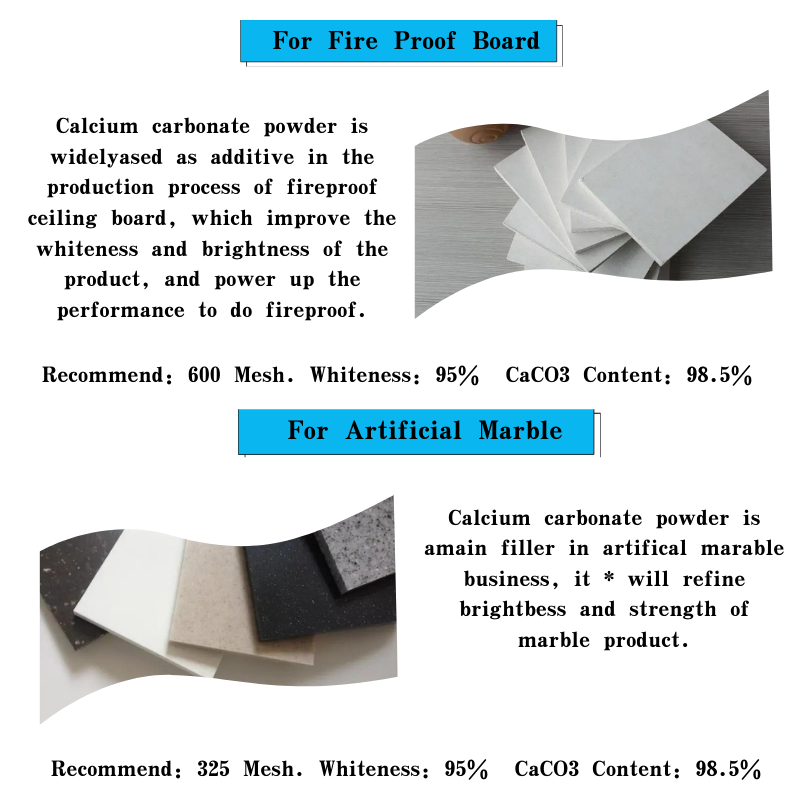
2 月 . 07, 2025 00:37
Back to list
different types of fly ash
Fly ash, a byproduct from burning pulverized coal in electric power generating plants, has emerged as a valuable ingredient in construction materials. Its versatility not only provides environmentally friendly solutions but also enhances the strength and durability of construction products. Understanding the different types of fly ash is crucial for industries seeking efficient production benefits while maintaining eco-conscious practices.
Blended Fly Ash This type incorporates two or more different sources or types of fly ash to achieve desired performance characteristics tailored to specific project requirements. Blended fly ash applications are prevalent in regions with diverse climatic conditions, where bespoke solutions are necessary for optimal performance. Construction experts champion this adaptability, using blended ash to manipulate the rheology and set times of concrete mixtures. Research and testing ensure the tailored combination is suited to withstand specific weather or load conditions without compromising on structural integrity. Ultra Fine Fly Ash Recent advancements in processing and size reduction technologies have given rise to ultra-fine fly ash, with particle sizes comparable to that of silica fume but at a fraction of the cost. This variant is renowned for its ability to produce denser and more homogeneous concrete mixes, enhancing both the compressive and flexural strength of finished products. Architects and builders have been increasingly utilizing ultra-fine fly ash in high-performance concrete applications such as high-rise buildings and architectural facades that require sleek, blemish-free finishes. Geo-Polymer Fly Ash As sustainability pivots increasingly towards reducing reliance on traditional cement, geopolymer fly ash stands out as a versatile material for creating cement-less binding systems. This innovative technology uses an alkaline activation process to induce bonding, achieving strength comparable to ordinary Portland cement. Environmental advocates and progressive builders view geo-polymer fly ash as a crucial player in carbon reduction initiatives, creating structures that align with eco-friendly guidelines and standards. Fly ash's multifaceted nature makes it indispensable in modern construction, offering cost advantages, performance enhancements, and sustainable benefits. As research continues to expand on its applications and improve processing technologies, fly ash will likely play an even more significant role in shaping the future of resilient and sustainable infrastructure efforts worldwide.


Blended Fly Ash This type incorporates two or more different sources or types of fly ash to achieve desired performance characteristics tailored to specific project requirements. Blended fly ash applications are prevalent in regions with diverse climatic conditions, where bespoke solutions are necessary for optimal performance. Construction experts champion this adaptability, using blended ash to manipulate the rheology and set times of concrete mixtures. Research and testing ensure the tailored combination is suited to withstand specific weather or load conditions without compromising on structural integrity. Ultra Fine Fly Ash Recent advancements in processing and size reduction technologies have given rise to ultra-fine fly ash, with particle sizes comparable to that of silica fume but at a fraction of the cost. This variant is renowned for its ability to produce denser and more homogeneous concrete mixes, enhancing both the compressive and flexural strength of finished products. Architects and builders have been increasingly utilizing ultra-fine fly ash in high-performance concrete applications such as high-rise buildings and architectural facades that require sleek, blemish-free finishes. Geo-Polymer Fly Ash As sustainability pivots increasingly towards reducing reliance on traditional cement, geopolymer fly ash stands out as a versatile material for creating cement-less binding systems. This innovative technology uses an alkaline activation process to induce bonding, achieving strength comparable to ordinary Portland cement. Environmental advocates and progressive builders view geo-polymer fly ash as a crucial player in carbon reduction initiatives, creating structures that align with eco-friendly guidelines and standards. Fly ash's multifaceted nature makes it indispensable in modern construction, offering cost advantages, performance enhancements, and sustainable benefits. As research continues to expand on its applications and improve processing technologies, fly ash will likely play an even more significant role in shaping the future of resilient and sustainable infrastructure efforts worldwide.
Share
Next:
Latest news
-
Premium Pigment Supplier Custom Solutions & Bulk OrdersNewsMay.30,2025
-
Top China Slag Fly Ash Manufacturer OEM Factory SolutionsNewsMay.30,2025
-
Natural Lava Rock & Pumice for Landscaping Durable Volcanic SolutionsNewsMay.30,2025
-
Custom Micro Silica Fume Powder Manufacturers High-Purity SolutionsNewsMay.29,2025
-
Custom Mica Powder Pigment Manufacturers Vibrant Colors & Bulk OrdersNewsMay.29,2025
-
Custom Micro Silica Fume Powder Manufacturers Premium QualityNewsMay.29,2025






